By Mike Wilmington and Film Noir Blonde
The Noir File is FNB’s guide to classic film noir, neo-noir and pre-noir from the schedule of Turner Classic Movies (TCM), which broadcasts them uncut and uninterrupted. The times are Eastern Standard and (Pacific Standard).
PICK OF THE WEEK
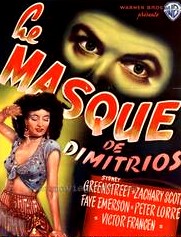 “The Mask of Dimitrios” (1944, Jean Negulesco). Tuesday, June 4, 1:15 a.m. (11:15 p.m.)
“The Mask of Dimitrios” (1944, Jean Negulesco). Tuesday, June 4, 1:15 a.m. (11:15 p.m.)
Tracking down an elusive international criminal named Dimitrios Makropoulos (Zachary Scott) becomes the obsession of a Dutch writer named Cornelius Weyden – a prime Peter Lorre role and the mild-mannered hero of the neglected but first-rate “The Mask of Dimitrios.”
Weyden learns of Dimitrios and his sordid career when a corpse is washed up near Istanbul and a talkative Turkish police colonel (Kurt Katch) tells colorful stories of the great swindler’s crimes. The inquisitive little scribe thinks he can use this material for a book.
When Weyden meets one of Dimitrios’ victims in the (ample) flesh – the genial Mr. Peters, played by Lorre’s usual partner-in-crime Sydney Greenstreet – the two join forces to try to unearth the villain’s trail through war-threatened Europe.

“The Mask of Dimitrios” was one of nine movies Peter Lorre and Sydney Greenstreet appeared in together.
They piece together Dimitrios’ dark history as they cross paths with his other partners and/or victims, including blonde intriguer Faye Emerson, Victor Francen, Steven Geray, Eduardo Ciannelli and the irrepressible Florence Bates. As Lorre and Greenstreet close in on their prey, dark questions loom. Is Dimitrios really still alive? And who are his next victims?
If you’ve never seen “Dimitrios” (from the novel known as “A Coffin for Dimitrios” in the U.S.), you’re in for a surprise and a treat. Faithfully adapted from master spy novelist Eric Ambler’s classic thriller by pulp fictionist/screenwriter Frank Gruber, shot in high noir style by cinematographer Arthur Edeson (“The Maltese Falcon,” “Casablanca”) and artfully directed by Romanian émigré and Warner Brothers’ “melodrama king” Jean Negulesco (in what is probably his best film), “Dimitrios” is an underseen gem of ’40s noir. It’s what used to be called a corker.
(Another Ambler adaptation with Lorre and Greenstreet, “Background to Danger,” immediately follows “The Mask of Dimitrios.” See below.) [Read more…]





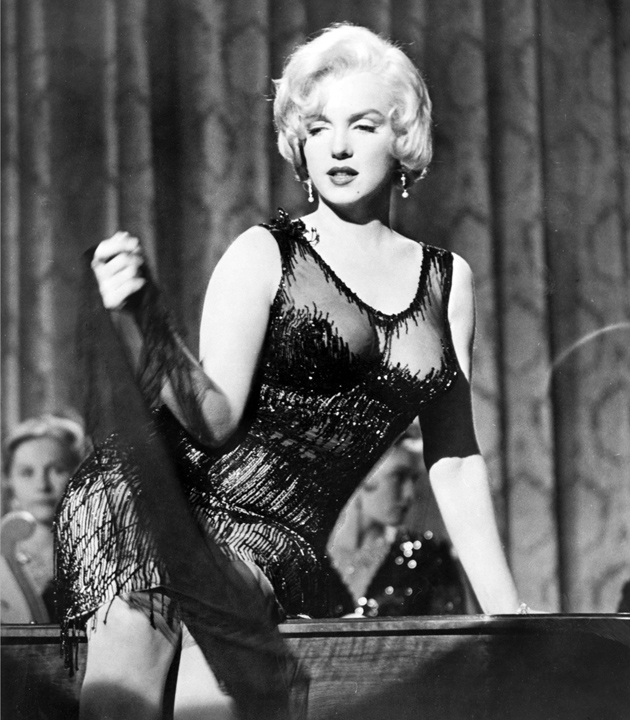
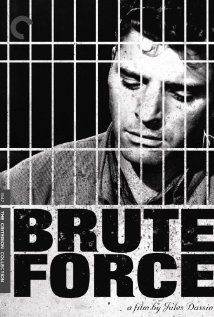
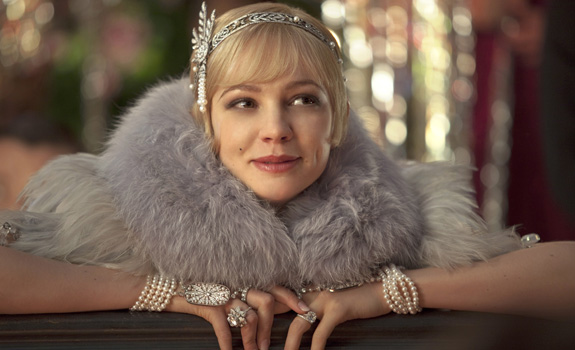
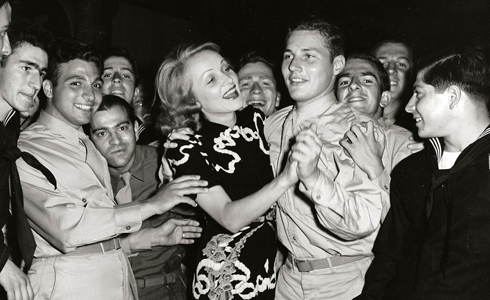

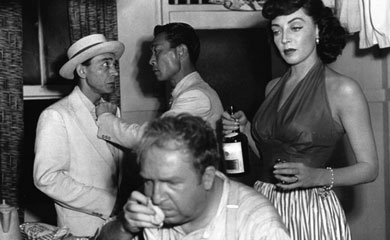
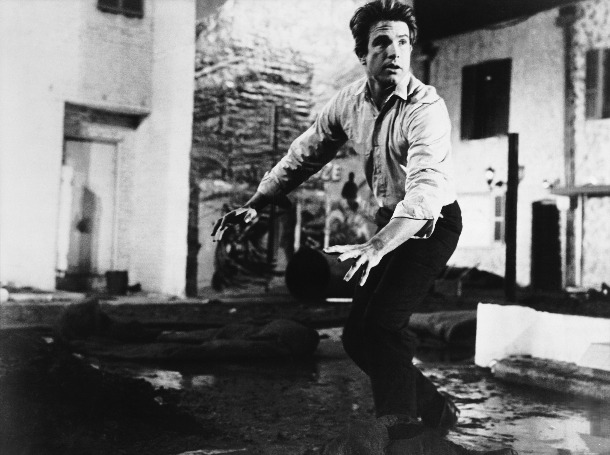
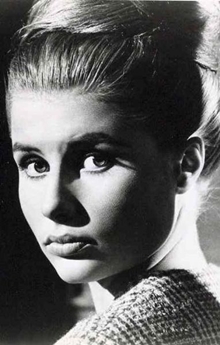
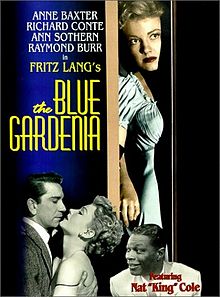
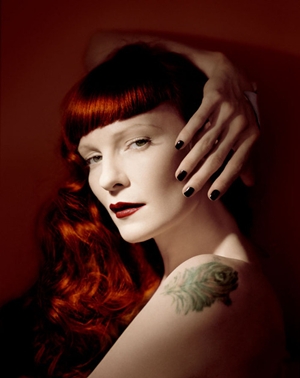
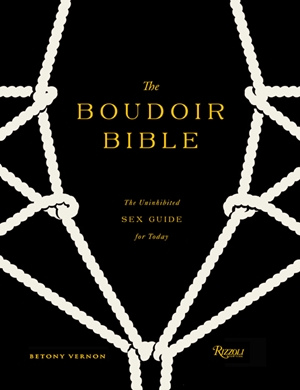

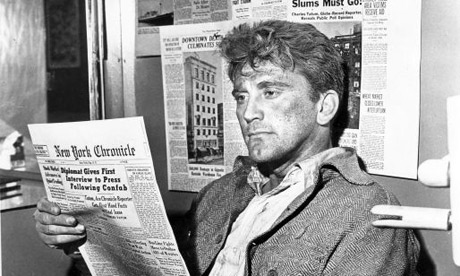
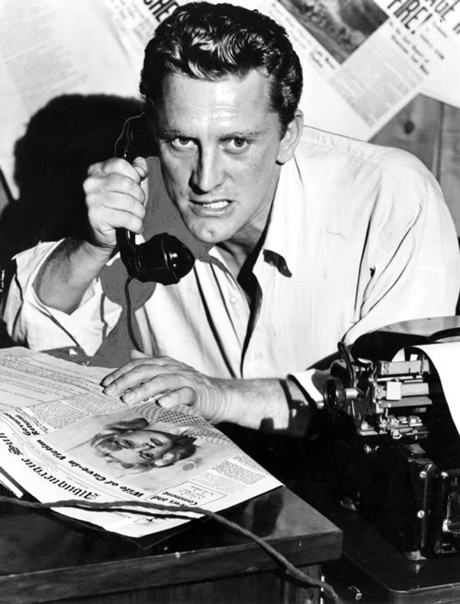
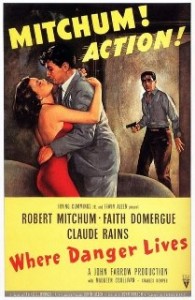
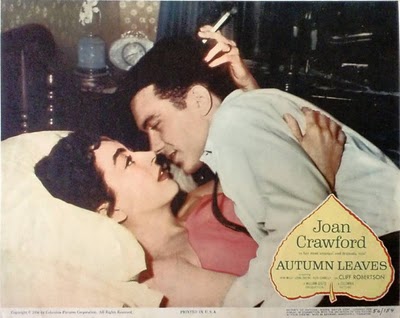
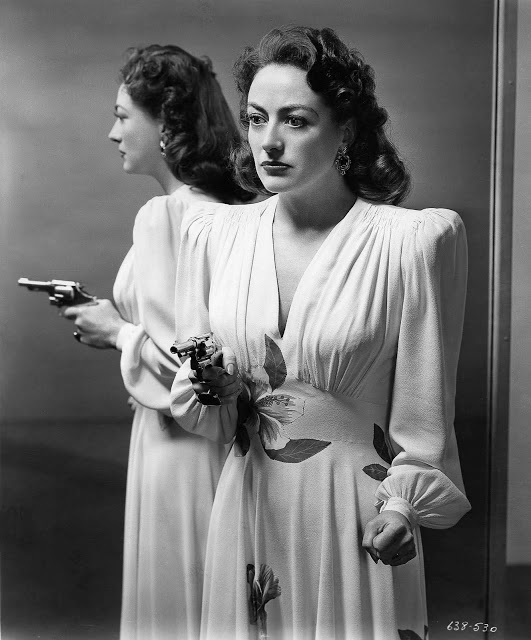





From FNB readers